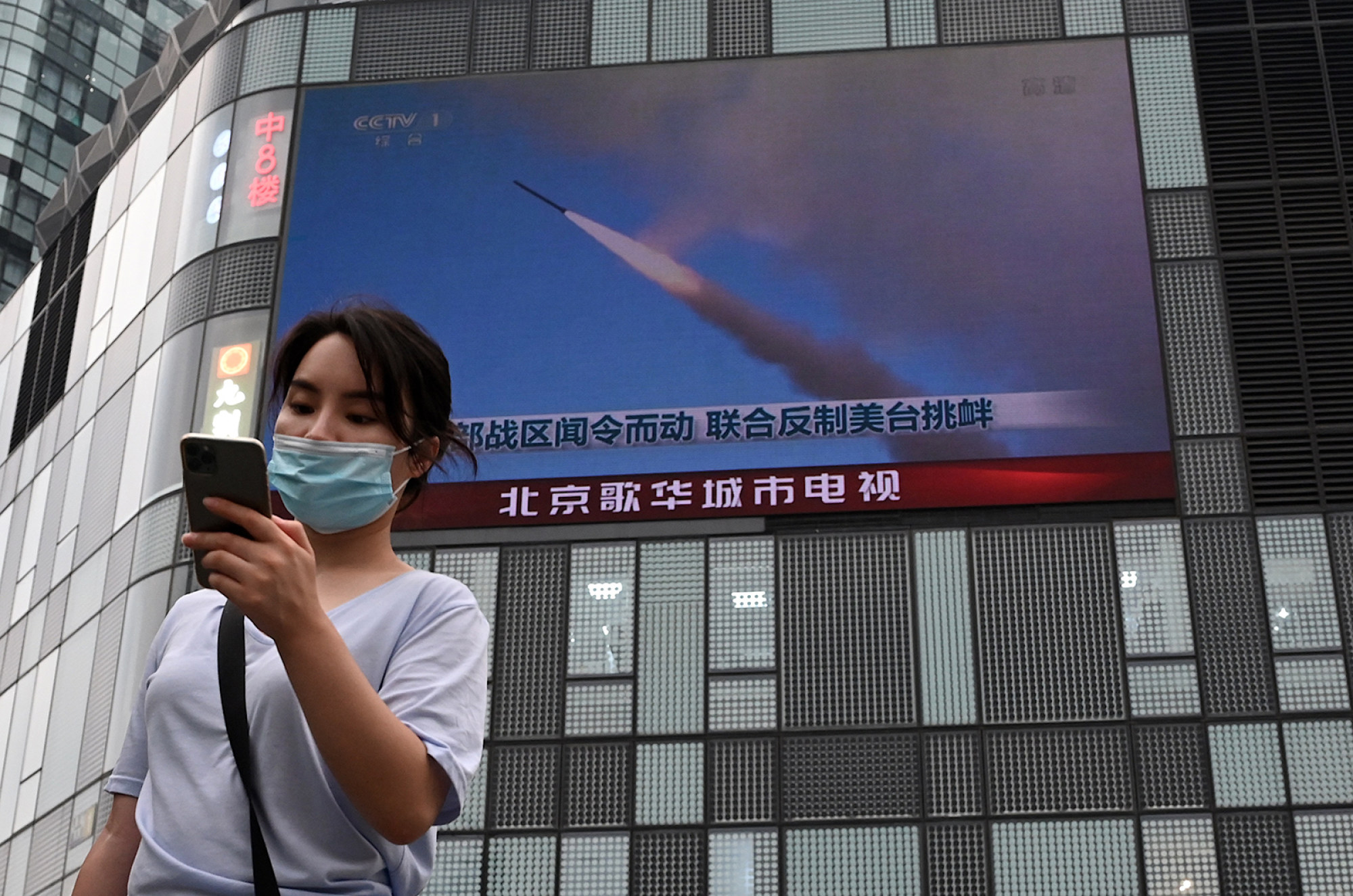
South China Sea: Taiwan’s live-fire drills irked Vietnam. Was Beijing the real target?
- Taiwan’s recent military exercises near Taiping Island, which Vietnam claims, were ‘illegal’ and a ‘serious’ territorial violation, Hanoi fumed
- But observers say the drills were aimed more at Beijing, as Taipei fears its far-flung islands could be easy pickings for mainland China’s military
From Hanoi’s point of view, the heated exchange was merely “a matter of principle”, said Le Hong Hiep, senior fellow and Vietnam studies programme coordinator at the ISEAS-Yusof Ishak Institute in Singapore. A similar denunciation would have been issued against the activities of any rival claimant “be it [mainland] China, Taiwan, Malaysia or even the Philippines, which is considered Vietnam’s de facto ally in the South China Sea dispute”, he said.
Le said the latest live-fire incident was unlikely to raise the temperature much in the South China Sea as “from Hanoi’s perspective, Taiwan does not constitute a major threat to Vietnam’s national security” due to its limited presence and “much less assertive posture” compared to mainland China.
‘Grim reality’ of China threat reason to raise military budget: Japan lawmaker
A ‘potentially high-value target’

Multiple observers told This Week in Asia that Taiwan’s recent drills around Taiping Island were aimed more at Beijing than other South China Sea claimants such as Vietnam, as Taipei fears its far-flung outlying territories could become easy pickings for mainland China’s military.
“Taiwan-controlled islands in the South China Sea are potentially high value targets” for Beijing because taking them offers the geostrategic advantage of controlling “much of the crucial waterways linking Southeast Asia and Northeast Asia”, said Wen-Ti Sung, a political scientist with the Australia National University’s Taiwan Studies Programme.
“Specifically, Taiwan is concerned with the low-intensity conflict scenario where Beijing uses force to seize Taiwan’s offshore islands, as a way to test Western resolve and to pressure Taiwan into capitulation,” Sung said.
Huynh Tam Sang, an international-relations lecturer at Vietnam National University, agreed as he said “a quick invasion of Taiping Island is within reach” of mainland China’s military, in contrast to an invasion of Taiwan itself that could result in “unnecessary isolation by the United States and its allies” for Beijing.
In recent months, mainland China has conducted extensive military drills around Taiwan, which it considers part of its territory to be reunited by force if necessary.
Marcos says he’ll assert Philippines’ South China Sea rights ‘with a firm voice’
Huynh said Taipei’s diplomatic isolation – it is not a member of the United Nations nor a party to the UN’s Convention on the Law of the Sea (UNCLOS) – had “constrained Taiwan’s status and maneuverability” when it comes to South China Sea disputes. This had also deprived it of a diplomatic avenue to talk through differences, Sung said.

